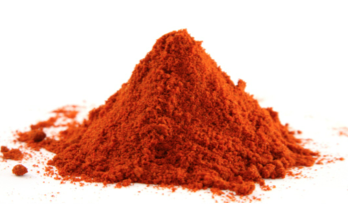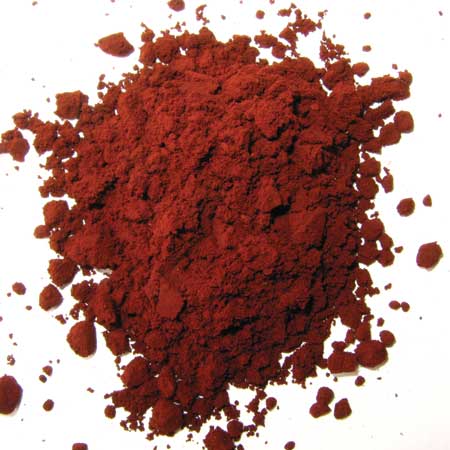Astaxanthin
3,3 ' -dihydroxy- β, β -carotene -4, 4' -dione
Violet plates
Fixed
215-216 ° C ( decomposition)
Template: Infobox chemical / molecular formula search available
Astaxanthin ( AXT ) is a natural dye that is one of the xanthophyll class of carotenoids. He is responsible for the red color of crustaceans and is industrially extracted from the alga Haematococcus pluvialis. The dye was formerly known as Haematochrom or Haematochrome.
Astaxanthin is structurally related to the known carotenoids β -carotene, zeaxanthin and lutein, and so these parts, many of the metabolic and physiological functions, which are ascribed to the carotenoids.
Of particular interest in the fish diet is also the fact that astaxanthin has a vitamin- like effect and thereby a positive effect on fertility and the immune response of fish in fish farms. In fish causes astaxanthin, which has a ten-fold more potent than β -carotene, not only a strong intensification of the red but also yellow, green and blue pigments and a salmon- red color of the flesh. The natural color of salmon meat goes back to the astaxanthin content of the food consumed small crustaceans.
Astaxanthin as feed additive (E 161j ) is approved for fish feed in the production of edible fish. It is used to feed the otherwise white-fleshed rainbow trout a salmon red meat. You will then be marketed as salmon trout.
Astaxanthin can protect the skin against the UV rays caused by stress and acts in this capacity considerably stronger than vitamin E. Astaxanthin supplements the protective effect of sunscreen and does not wash off. It is already occupied by some Ironman athletes.










